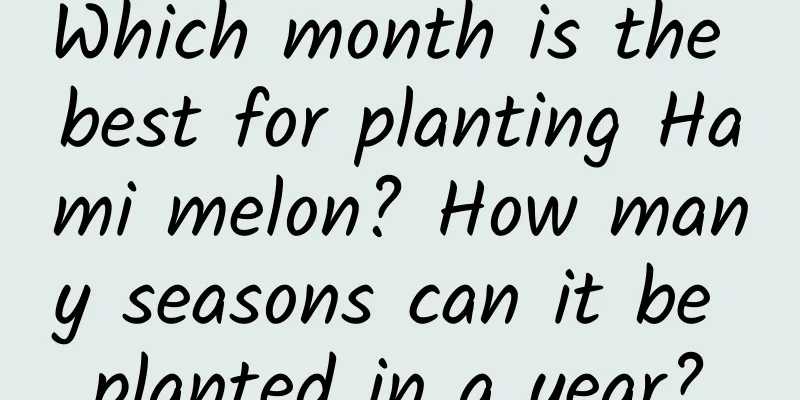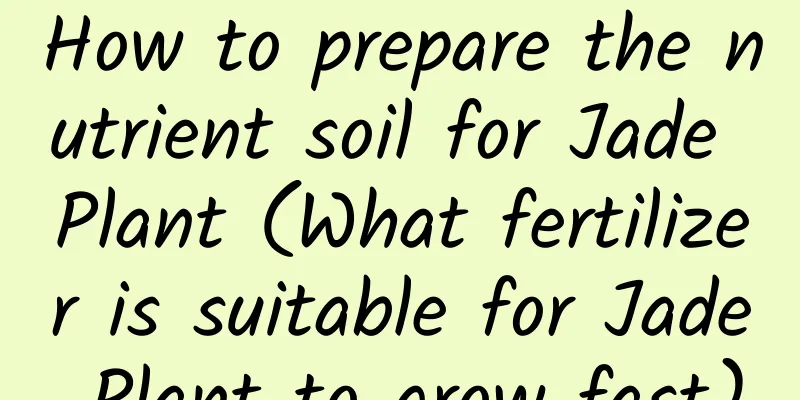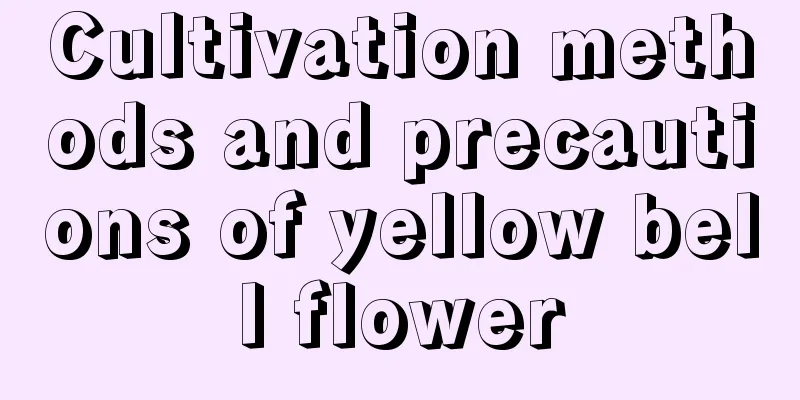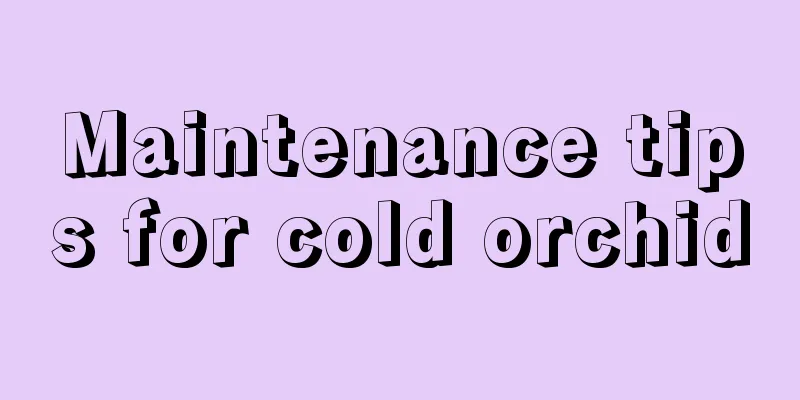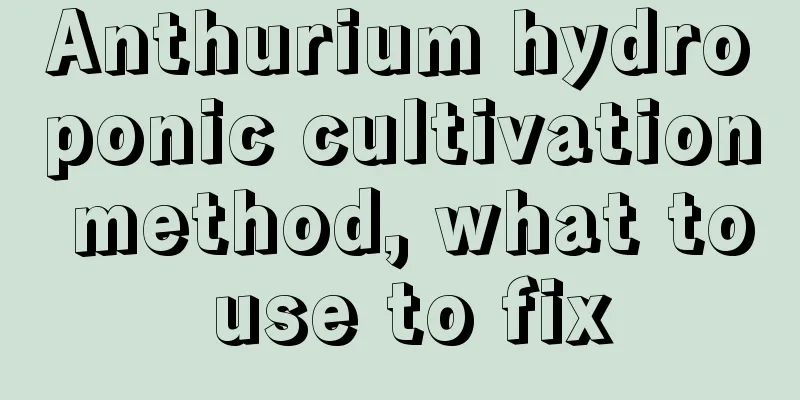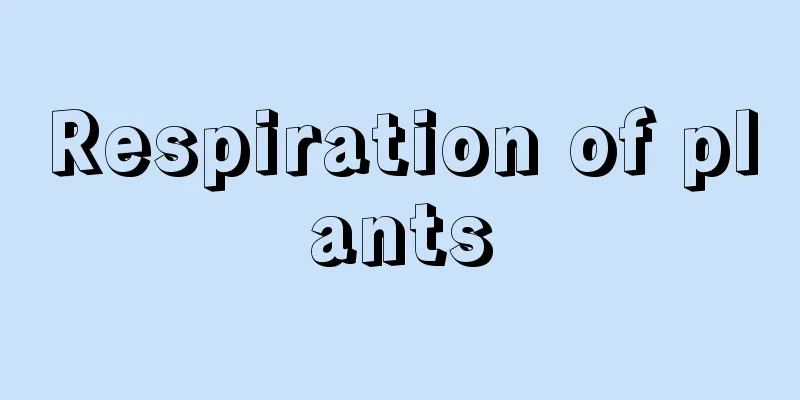How to judge whether gardenia lacks fertilizer or is overgrown (what fertilizer is lacking if gardenia does not bloom)
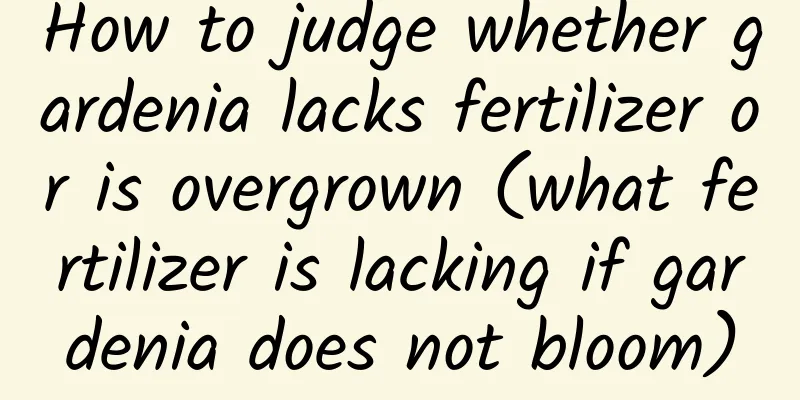
|
It is generally recognized that gardenia is difficult to grow in the north. How do we judge whether gardenia is growing well or not? How do we judge what fertilizer it lacks? How should we supplement it to ensure that it does not have problems? How to know what fertilizer gardenia lacksIn fact, when we grow gardenias, we can judge what fertilizers they lack by looking at their leaves and growth. Type 1: The leaf veins are green, and the rest of the leaf is generally yellowThis situation is caused by a lack of iron. Because gardenia is a southern flower, southern flowers generally prefer acidic soil, and iron can only be absorbed by plants in acidic soil. So when we grow gardenias, if the soil is alkaline, its newly grown leaves will eventually turn yellow. In serious cases, the veins of the entire plant's leaves will be green, while other parts will turn yellow. This is due to a lack of iron . After the problem is discovered, timely solution should be given, and ferrous sulfate should be added in time. Ferrous sulfate should be mixed with water at a concentration of 1:1000 and poured into the potting soil . This will have an improvement effect. Normally, we need to use it once every 1 to 2 months for maintenance, so there will be no problem. Type 2: The veins of the leaves gradually turn yellow, and finally spread to the entire leafThe main problem with gardenia is the lack of nitrogen. Along with this situation, the growth of the entire plant is relatively weak. Therefore, if we grow gardenias, we must add fertilizer in time, because nitrogen fertilizer promotes the growth of branches and leaves. If we want it to grow quickly, balanced nutrient supplementation is essential. If this situation is found, we can find quick-acting nitrogen fertilizer, dilute it with water at a concentration of 1:1000 and spray the entire plant , allowing the leaves to absorb it. This will play a supplementary role and effectively improve the situation. When fertilizing in the later stage, do not use a single fertilizer. Try to use multi-element fertilizers as much as possible. If the nitrogen, phosphorus and potassium are balanced, there will be no lack of nitrogen fertilizer, which will cause yellow leaves. Type 3: Lack of phosphorus fertilizerPhosphorus mainly promotes flowering of plants . If your gardenia does not bloom during the flowering season without being pruned, it is definitely due to a lack of phosphorus. If you use too much nitrogen fertilizer, it will cause it to lack phosphorus. When the flowering season comes, only branches and leaves will grow, but no flowers will bloom. Generally, it starts to grow before the arrival of spring, so we need to supplement it with potassium dihydrogen phosphate. After the phosphorus element is sufficient, it can quickly differentiate flower buds, grow flower buds and bloom directly. 4. Fertilizers for potassium deficiencyThe main function of potassium fertilizer is to make the branches and trunks of plants grow thicker, age faster, and have a developed root system . It plays the role of strengthening the roots. Only when the root system grows well can the plant grow well, absorb nutrients sufficiently, grow well and bloom more. If the plants we grow are weak, they bloom less and their leaves are very small, then they must be lacking in potassium. At this time, try to nourish it as much as possible and let it grow roots, and it will be able to recover completely. The main elements of fertilizers we know are nitrogen, phosphorus and potassium. Nitrogen fertilizer grows branches and leaves, phosphorus fertilizer promotes flowering, and potassium fertilizer makes the plant's root system more developed. Therefore, we usually need to make appropriate judgments to see which fertilizer is lacking, and there will be no problems if we supplement it reasonably. How to fertilize gardeniaWhen we grow gardenias, we must remember to use fertilizer regularly and in a fixed amount , and not use a single fertilizer. For example, long-term use of nitrogen fertilizer will lead to a lack of phosphorus and potassium, and long-term use of phosphorus fertilizer will lead to a lack of other elements, resulting in smaller leaves and even stunted seedlings. When we buy fertilizers, the nitrogen, phosphorus and potassium content are written on the outer packaging. We try to choose fertilizers with high levels of one element and sufficient other elements to promote its growth or flowering. Moreover, during the maintenance process, we need to supplement many trace elements, such as iron, calcium, magnesium, etc. Gardenia has a relatively high demand for iron because it likes acidic soil, so it needs to be supplemented regularly. Other trace elements are generally contained in the potting soil. If you change the pot regularly once or twice a year, there will be no shortage of them. We can also supplement them appropriately. For example, find some bone meal or egg shells and make them into powder. Adding it to the soil can play a certain supplementary role. In this way, when we maintain it, put it in a place with sufficient light, no lack of water, and the temperature is not low, it can grow and bloom normally. |
Recommend
How to water the fortune tree in summer
Principles of watering the money tree in summer W...
How to grow red spider lily
1. Breeding methods 1. Soil: Its maintenance envi...
How to prune roses
Pruning steps/methods Pruning after first floweri...
The difference between calla lily and arrowroot
1. Leaf Difference The leaves of calla lily are g...
What should I pay attention to when raising tiger tail orchid?
Growth habits of Tiger Tail Orchid Tiger tail orc...
Can jasmine be repotted in summer? What should be paid attention to when repotting?
Can jasmine be repotted in summer? Jasmine grows ...
How to cultivate snake fruit
1. Maintenance methods 1. Temperature: It can be ...
How to grow Anthurium in winter
1. Lighting requirements: This plant grows in a c...
How to divide hosta
1. Root division April, May or October is the bes...
How long is the growth cycle of cherry tomatoes?
Introduction to the growth of cherry tomatoes Che...
Can tuberose be placed indoors?
1. Can it be placed indoors? It cannot be placed ...
How to deal with the yellowing leaves of money tree? How to remedy the yellowing leaves
1. Increase sunlight If the growing environment o...
Can bougainvillea bloom in winter?
1. It can bloom Bougainvillea can bloom in winter...
How to divide purple irises into pots and when and how to divide them
Time to divide purple irises When caring for iris...
How to Grow Verbena from Seed
1. Germination If the seeds are sown directly int...
